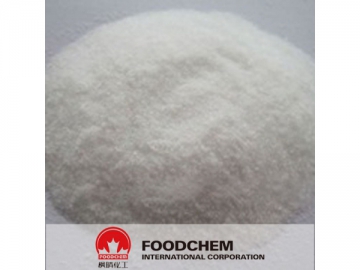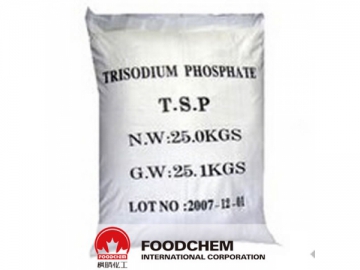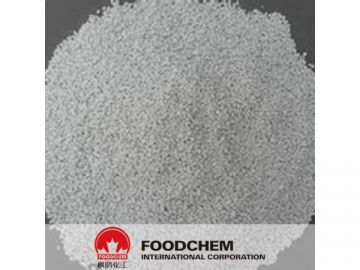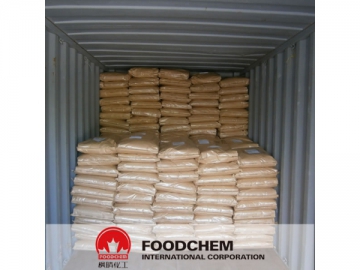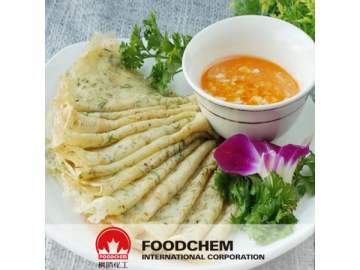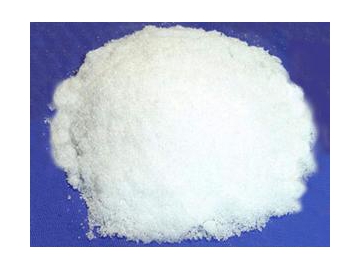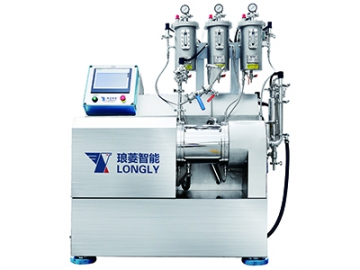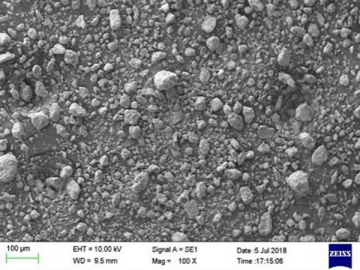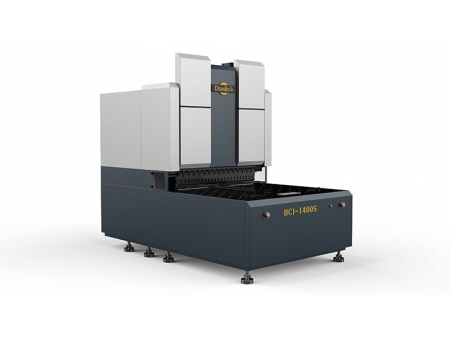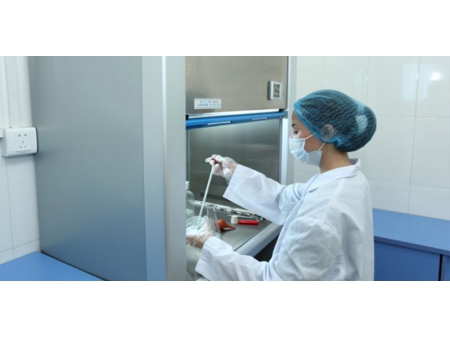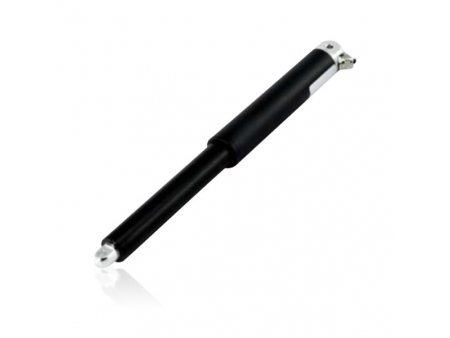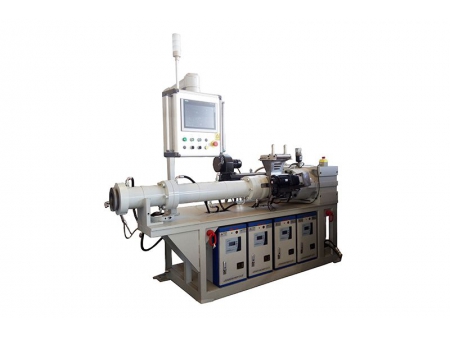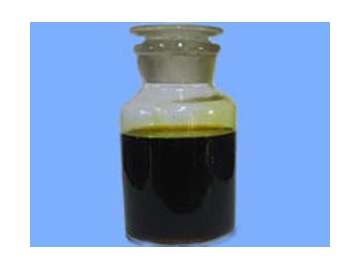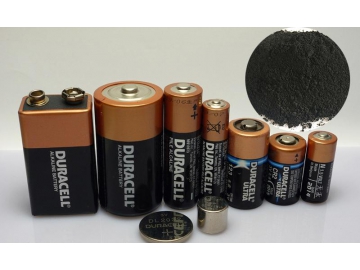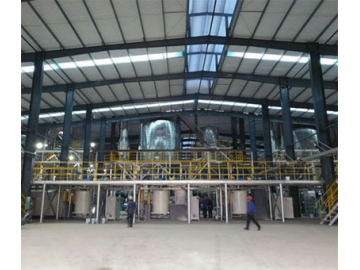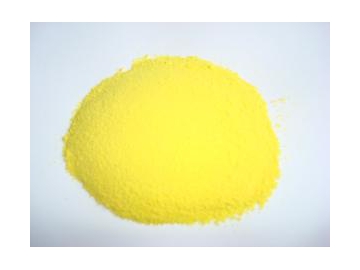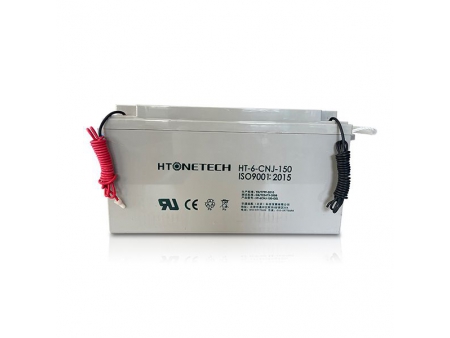Natamycin
Natamycin is one of the popular food additives and ingredients in most countries, As a professional Natamycin supplier and manufacturer, Foodchem International Corporation has been supplying and exporting Natamycin from China for almost 10 years, please be assured to buy Natamycin at Foodchem. Any inquiries and problems please feel free to send emails to us via , we will reply you within 1 working day.
Type:Preservatives
CAS No:7681-93-8
Qty in 20' FCL:5.6MT
Min. Order:1000KG
QC:Haccp,Kosher,Halal,Iso
| ITEM | STANDARD |
| Appearance | Off-white crystalline powder, odorless |
| Purity | >= 50% |
| Loss on drying | =< 8% |
| pH (10% solution) | 5.0- 7.5 |
| Arsenic | =< 1 mg/kg |
| Lead | =< 1 mg/kg |
| Mercury | =< 1 mg/kg |
| Total heavy metals ( as pb) | =< 10 mg/kg |
| Total plate count | 100 cfu/g |
| Coliform bacteria | =< 30 MPN/ 100g |
| E.coli/ 5g | Negative |
| Listeria monocyto/ 10g | Negative |
| Salmonella/ 10g | Negative |
Natamycin (INN), also known as pimaricin and sometimes sold as Natacyn, is a naturally occurring antifungal agent produced during fermentation by the bacterium Streptomyces natalensis, commonly found in soil. Natamycin has a very low solubility in water; however, natamycin is effective at very low levels. There is an MIC (minimum inhibitory concentration) of less than 10 ppm for most molds. Natamycin is classified as a macrolide polyene antifungal and, as a drug, is used to treat fungal keratitis. It is especially effective against Aspergillus and Fusarium corneal infections. Other common members of the polyene macrolide antifungal family are amphotericin B, nystatin, and filipin. Natamycin is also used in the food industry as a "natural" preservative.In foodsNatamycin has been used for decades in the food industry as a hurdle to fungal outgrowth in dairy products, meats, and other foods. Potential advantages for the usage of natamycin might include the replacement of traditional chemical preservatives, a neutral flavor impact, and less dependence on pH for efficacy, as is common with chemical preservatives. It can be applied in a variety of ways: as an aqueous suspension (such as mixed into a brine) that is sprayed on the product or that the product is dipped into, or in powdered form (along with an anticaking agent such as cellulose) sprinkled on or mixed into the product. While not currently approved for use on meats in the United States, some countries allow natamycin to be applied to the surface of dry and fermented sausages to prevent mold growth on the casing. Also, natamycin is approved for various dairy applications in the United States. More specifically, natamycin is commonly used in products such as cottage cheese, sour cream, yogurt and packaged salad mixes.As a food additive, it has E number E235. Throughout the European Union, it is only approved as a surface preservative for certain cheese and dried sausage products. It must not be detectable 5 mm below the rind. The European Food Safety Authority (EFSA) panel, considered that the proposed use levels of natamycin are safe if it is used for the surface treatment for these cheese and sausages types. MedicalNatamycin is used to treat fungal infections, including Candida, Aspergillus, Cephalosporium, Fusarium and Penicillium. It is applied as a cream, in eyedrops, or (for oral infections) in a lozenge. Natamycin shows negligible absorption into the body when administered in these ways. When taken orally, little or none is absorbed from the gastrointestinal tract, making it inappropriate for systemic infections.
